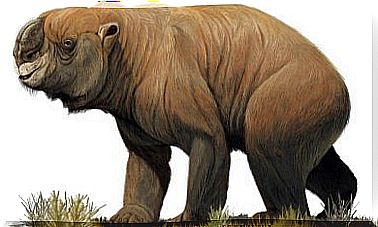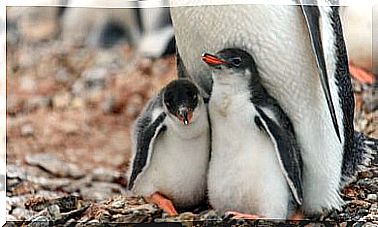7 Natural Parks In Spain To Contemplate Native Fauna
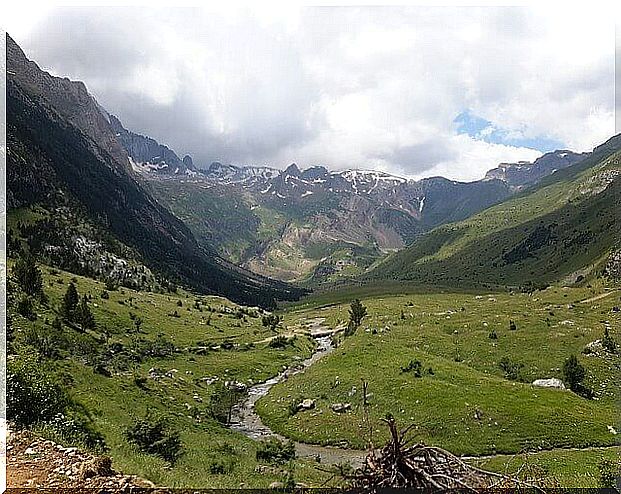
From north to south we can see a great biodiversity of flora and fauna in Spain. The protection of natural parks is very important to conserve the species that inhabit them. My Animals has made a compilation of the natural parks of Spain to admire the native fauna.
1. Ordesa y Monte Perdido National Park
It is the second oldest National Park in Spain, and it was declared as such in 1918. It is part of the Biosphere Reserve and is a World Heritage Site by UNESCO.
Monte Perdido is located in Huesca, in the Pyrenees, and is one of the most famous peaks. The landscape is made up of mountains, glaciers, valleys, and waterfalls.
The bearded vulture, the Pyrenean frog and the ptarmigan inhabit this park. Other local animals are chamois, wild boar, deer and a small population of brown bears.
2. Aizkorri-Aratz Natural Park
Located in the south of Guipúzcoa in the Basque Country, it stands out for its beech forests and limestone mountains. It is one of the natural parks in Spain where we can see the flight of golden eagles, griffon vultures and Egyptian vultures, among other protected species. We can also find European martens and the black woodpecker, the largest woodpecker in Europe.
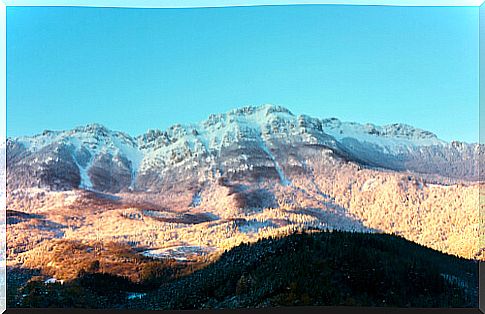
3. Natural parks of Spain: Picos de Europa
The Picos de Europa National Park is located in the Cantabrian Mountains, between the provinces of Asturias, León and Cantabria. It is a landscape shaped by ice and water on limestone, bare of vegetation especially above 1500 meters. At lower altitudes there are grasses and bushes, and there are also areas of beech and oak forest.

You can see golden eagles flying over the peaks, vultures and Egyptian vultures in the mountains and grouse in the forest areas. Aquatic birds such as coots and ducks are present in the lakes. And the yellow-billed choughs are other of the most frequent birds there.
Chamois, roe deer, deer, partridges and wild boar inhabit its forests, while in the rivers of the Picos de Europa we can see otters, trout, salmon, Alpine newts and the Seoane viper. It should be noted that there are bat populations in the caves.
4. Monfragüe National Park
It is one of the best preserved natural parks in Spain, a great point for bird watching that is located in Cáceres, between the Tagus and Tiétar rivers. In it slopes are combined with abundant vegetation, rocks and large bodies of water, factors that facilitate the nesting of birds.

Among the birds, the black and griffon vultures stand out, very abundant in this park. It is characteristic to see the flight of these birds around the ‘vulture’. You can also see imperial and royal eagles.
The fox, the mongoose, the wildcat, the marten, the badger and the genet are the most abundant mammals, as well as deer, wild boar and rabbits. The dormouse or horseshoe bats are more difficult to find.
5. Natural parks of Spain: Doñana
Declared a World Heritage Site by UNESCO in 1994, Doñana spans the provinces of Huelva, Cádiz and Seville. It is a natural park composed of very rich and varied landscapes, of pine forests, marshes and dunes.

Without a doubt, it stands out for hosting the Iberian lynx, emblem of the park, but it is also home to an enormous diversity of birds. Its geographical location between two continents and the variety of ecosystems make Doñana a place of passage, breeding and wintering for more than 300 different species of birds.
Its marshes are home to the marsh horse, endemic to the place. Mammals also inhabit the park such as fallow deer, hedgehogs, genets, wild boar, dormouse … As for reptiles and amphibians, we find snakes, ocellated lizards, toads, turtles, newts …
6. Wolf Island
The natural park of the island of Lobos is located between the islands of Fuerteventura and Lanzarote. It owes its name to the sea lions that abounded in these waters. It is a volcanic island full of endemic species and a place of protection for birds; the cinderella shearwater is one of the species that we can see.

The seabed is spectacular, of great ecological wealth.
7. Cabrera Archipelago
It is a group of islets in the Balearic archipelago whose landscape has remained almost unchanged. It is a stopover point on the migratory route of more than 150 species of birds; Audouin’s gull and Eleonora’s hawk are some of the most characteristic birds of passage.
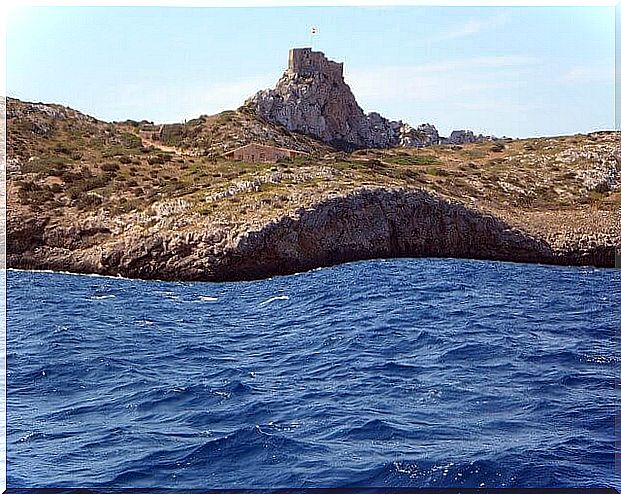
The seabed has 200 species of fish and numerous endemic invertebrates. Cuttlefish, hedgehogs, octopuses, moray eels, congers, groupers abound … Among the reptiles, it is possible to find the loggerhead turtle.
